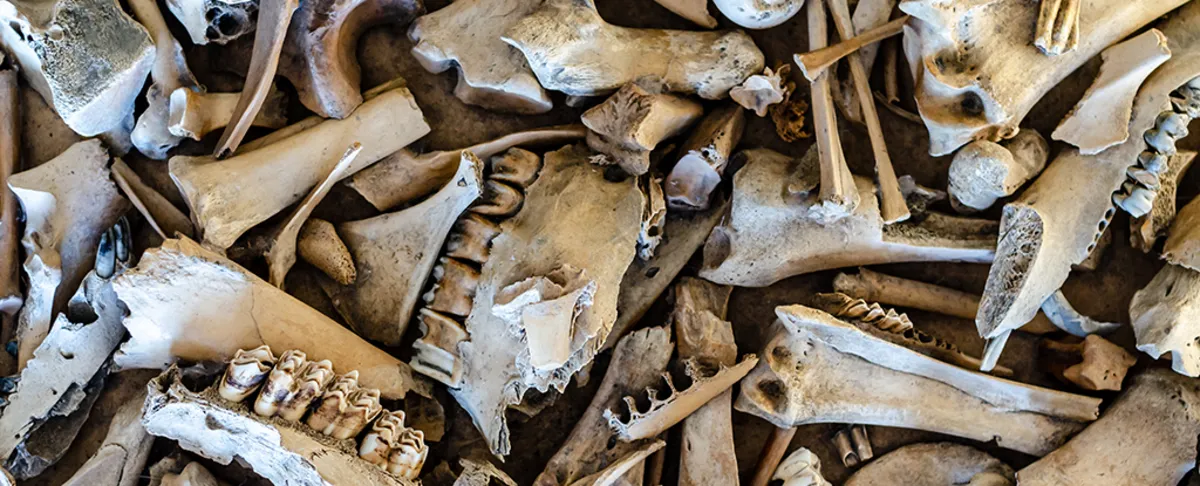
The Neanderthals are considered our closest extinct relatives, captivating researchers and historians alike as we delve into the depths of their existence tens of thousands of years ago. A recent discovery has shed new light on this enigmatic species, revealing ancient evidence of a Neanderthal fat factory located in present-day Germany. This site, operational around 125,000 years ago, served as a crucial hub where Neanderthals expertly processed the bones of large mammals to extract vital bone marrow and grease, which were essential food sources.
According to scientists, this finding represents the earliest evidence of sophisticated, large-scale bone processing among Neanderthals, specifically for bone marrow and grease. It marks the first confirmation that Neanderthals engaged in this complex activity approximately 100,000 years before Homo sapiens arrived in Europe. Lutz Kindler, an archaeologist from the MONREPOS Archaeological Research Center in Germany, emphasizes that this evidence showcases the Neanderthals' ability to manage resources with remarkable precision. They planned hunts, transported carcasses, and rendered fat in a designated area, demonstrating their understanding of the nutritional value of fat and how to access it efficiently.
The research team uncovered their findings at a site known as Neumark-Nord in eastern Germany, located near Halle. Over 100,000 bone fragments were discovered, believed to originate from at least 172 large mammals, including horses and deer. A significant number of these bones exhibited cut marks and signs of intentional breakage, indicating deliberate butchering rather than mere leftovers from a hunt. The site also revealed evidence of tool use and fires, all within a relatively confined area. This combination of factors strongly suggests that systematic and organized bone processing was taking place.
While similar processes have been identified at other Neanderthal sites, none have exhibited this level of scale or sophistication. Sabine Gaudzinski-Windheuser, another archaeologist from MONREPOS, points out that the production of bone grease necessitates a substantial volume of bones to make the labor-intensive effort worthwhile. The more bones collected, the more profitable the operation becomes, further underscoring the intelligence and strategic planning of Neanderthals.
This latest research adds to a growing body of evidence that challenges the outdated perception of Neanderthals as primitive beings. Recent studies have demonstrated that they were adept swimmers, capable brewers, and abstract thinkers who nurtured their young and communicated using patterns similar to those of modern humans. Despite these advancements, however, Homo sapiens ultimately thrived while Neanderthals faced extinction, a topic archaeologists are actively exploring to understand the reasons behind this disparity.
The Neumark-Nord site complex is noteworthy not only for its size but also for its exceptional preservation, offering a rare opportunity to study the extent to which Neanderthals influenced their environment, including both animal and plant life. Fulco Scherjon, a computer scientist at MONREPOS, highlights the extraordinary potential for future research at this site. Such discoveries are rare for locations of this antiquity, presenting exciting new avenues for understanding Neanderthal life and their ecological impact.
As archaeologists continue to investigate the remnants and locations left behind by Neanderthals, we can expect further revelations that will deepen our understanding of these fascinating beings and their relationship with the environment.